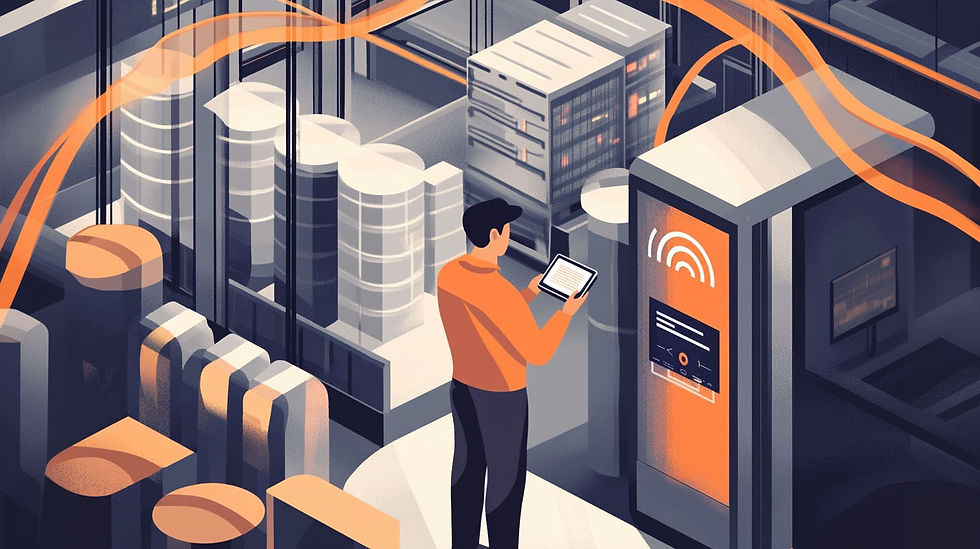Humans Are Underrated
- PinPoint
- Apr 19, 2018
- 2 min read
Updated: Oct 15, 2021

Tesla CEO Elon Musk recently stated “Yes, excessive automation at Tesla was a mistake. To be precise, my mistake. Humans are underrated.” This response came as Tesla struggles with its production goals for its new Model 3. The robots aren’t yet ready to take over the assembly line and Tesla has once again called upon humans to assist.
Long favoring robots Musk once said he wanted the Tesla production line to look like an “alien dreadnought.” This quip reinforces the prevailing narrative that from blue collar to white collar jobs--the end game for robots is to displace human workers.
Almost every industry is experimenting with the applications of AI and robotics. It started with manufacturing and has now moved to the financial, legal, insurance, and healthcare professions. Is no job safe? The consulting firm McKinsey issued a research report that estimated 50% of work activities could be automated.
Humans have made it through other economic and industrial transformations before and come out just fine. Re-skilling and new kinds of jobs have always resulted from each economic transformation. However, the difference between today and the past disruptions is that in the past technology has always focused on increasing productivity and efficiency. But now the goal for AI is to do what humans do: think. Look back to what Tesla is attempting to do. It is not enough to automate the assembly line. The automotive company also wants to eliminate the need for the driver with its self-driving technologies.
Is Tesla’s decision just a small setback for the inevitable result that human jobs--regardless of profession--will be absorbed by AI & robots? Or does it tell us something more that maybe humans’ unique strengths of creativity and problem solving are needed in the mix? Tesla is indicative of a future reality isn’t so clear cut between robots and people. In fact, many of these same technologies attempting to displace humans can be used to augment them.
Amazon is another example of where roles blur between people and machines. Amazon Robotics--a division that emerged from the purchase of Kiva systems--now has over 100,000 robots working in warehouses and distribution centers. Today, humans and robots work together to automate repetitive tasks while the humans oversee and troubleshoot their machine counterparts. This automation hasn’t slowed down Amazon’s incredible hiring spree of workers but as the New York Times explores in this article the most important question is the one unanswered: “What happens when the future generations of robots arrive?”
At PinPoint we believe that these technologies create not just a safer workplace but one that plays to human strengths of creativity, innovation, and problem solving. Technology is rapidly enhancing the capabilities of deskless and field employees. From smartphones and tablets today, to smart glasses and wearables tomorrow, the ability to incorporate new technologies like AR, VR, and industrial sensors alongside workers on the job can make people smarter and more productive. The ability to adapt and innovate can happen faster when looking at real time data, accessing instant training and performance support, or collaborating with remote experts- -or even their machine counterparts.
Perhaps it is too soon to bow down to our robot overlords.



Comments